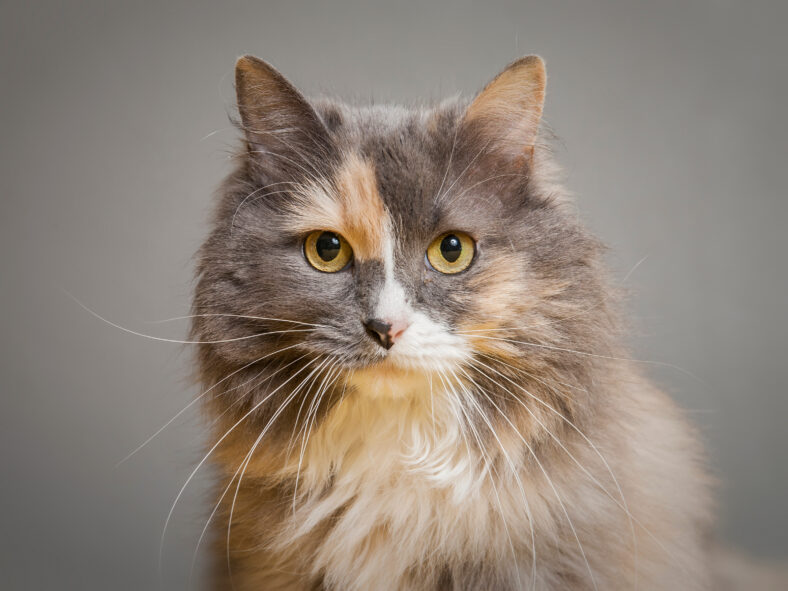Pet Cats Arrived In China 1,400 Years Ago, And Kittens Were Given As Gifts To The Elite

The domestication and trade of pet cats began about 10,000 years ago in modern-day Turkey when Anatolians tamed Near Eastern wildcats.
The felines then spread to Europe through trade. But how and when domestic cats arrived in China has been a mystery. Currently, they are the most popular urban pet in the country.
A new analysis of cat DNA suggests that traders and diplomats brought the pets along with them via the famous Silk Road around 1,400 years ago.
The Silk Road was a complex trading network that connected Asia with Europe between the 2nd century B.C.E. and the 15th century C.E.
The research places the arrival of domestic cats around 600 C.E., more than 1,500 years after they were introduced to Europe.
The kitties were given as gifts to the local elites by Western merchants and became so popular that they were incorporated into Chinese folk religion.
The oldest known domestic cat in China lived in the central province of Shaanxi between 706 and 883 during the Tang Dynasty.
Like most Chinese house cats today, it likely had a short, white coat and a long tail. Its ancestors probably came from Kazakhstan.
“Cats were initially regarded as prized, exotic pets,” said Shu-Jin Luo, a co-author of the study and a lead investigator at the Laboratory of Genomic Diversity and Evolution at Peking University in China.

Sign up for Chip Chick’s newsletter and get stories like this delivered to your inbox.
“Ancient Chinese people even performed specific religious rituals when bringing a cat into their homes, viewing them not as mere possessions but as honored guests. Cats’ mysterious behaviors—alternating between distant and affectionate—added an air of mystique.”
For the study, researchers analyzed the remains of 22 cats from 14 Chinese archaeological sites spanning about 5,000 years. They radiocarbon dated some of the remains and sorted them by species.
Felis catus was the modern domestic cat that descended from wildcats, while Prionailurus bengalensis was a small leopard cat native to China. It wasn’t domesticated, but it lived among humans.
Fourteen of the feline skeletons belonged to house cats. The researchers also compared the DNA samples with worldwide genetic cat data.
Previously, scientists had speculated that leopard cats were independently domesticated in China. They once found the remains of small felines dating to 5,400 years ago in the ancient farming village of Quanhucun, located in the northwestern Shaanxi province.
The findings indicated that cats and humans co-existed in settlements. One of the cats died at an old age. It had dull teeth and ate a diet of grain, which suggested that someone might have taken care of it.
Chinese farmers may have realized that leopard cats were good for killing rodents, so they started feeding them. However, these cats were not domesticated then. They were likely the stepping stone to domestication.
All the cats from the study share a genetic signature called clade IV-B. The signature is rare among domestic cats from Europe and Western Asia, but the researchers identified a close match in a cat that lived in medieval Kazakhstan, leading them to the conclusion that Chinese cats have origins in the Middle East and arrived in China via the Silk Road.
The study was published on the preprint server bioRxiv.
More About:Animals